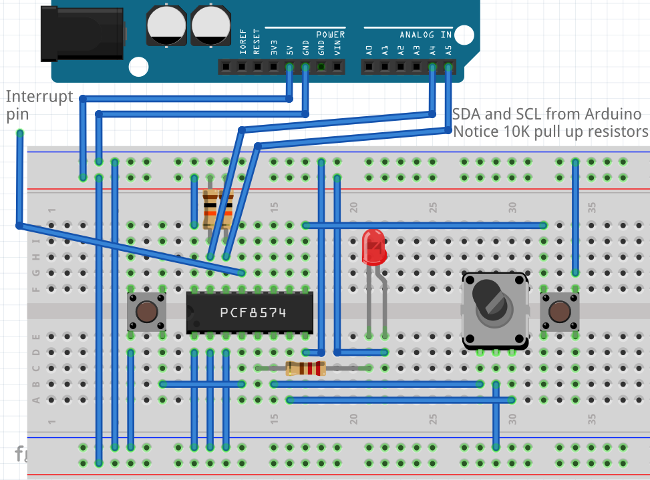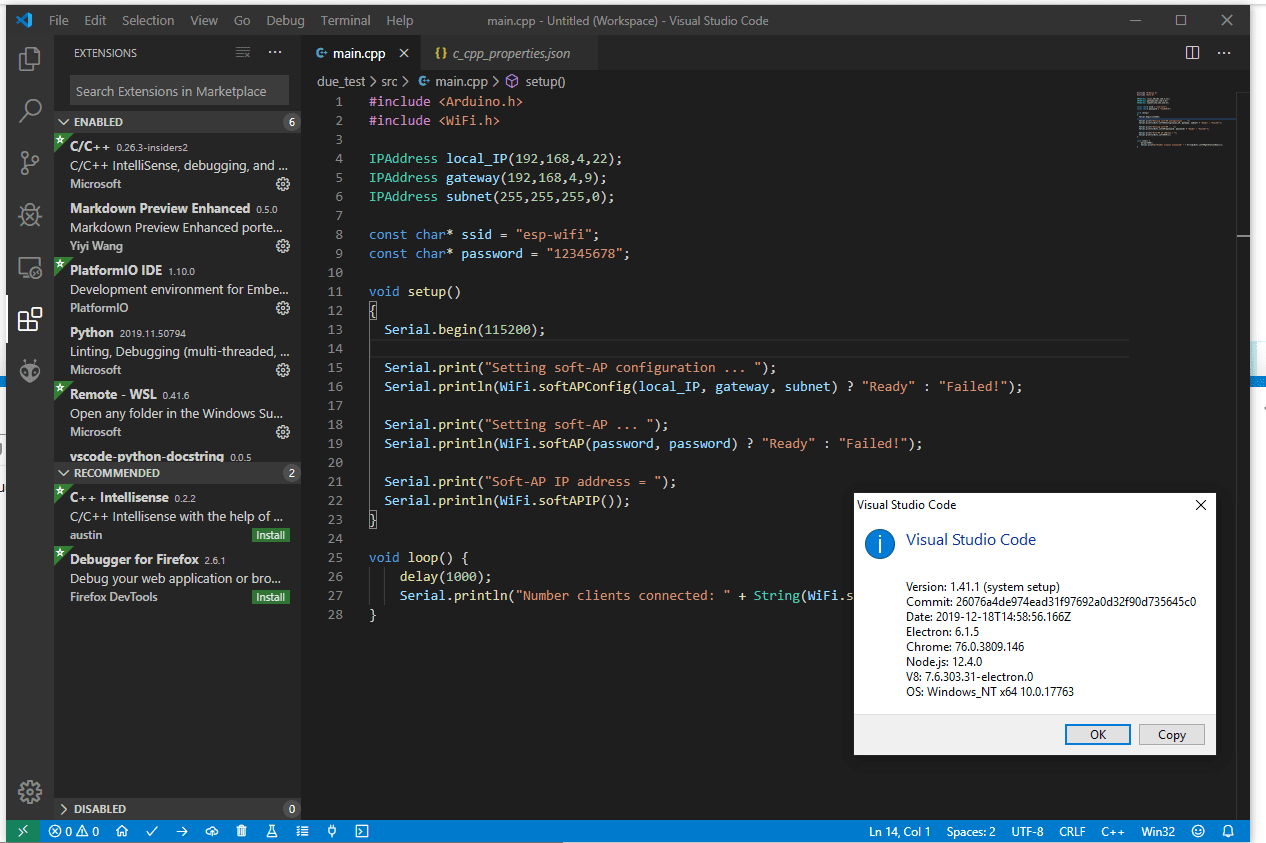

This is the used sketch for both the Arduino's. After that even sending data from the initial Arduino results in error 32. The other receives the data.īut when I sequentially try to send data from the second Arduino to the first, I get an error (32). Sending data from one Arduino to the other works fine.

My sketch works as long as I use only one master. I created a setup with two Arduino nano's which act both as master and slave. Aviv Brook - Based on exercises from Kip Irvine's book.I am developing a multi-master scenario sketch with the library, because this library will handle multi-master data collisions.If everything's working fine, congratulations - the project works! Author Try pressing F10 or F11 to enter debugging mode. Step 12: Click Apply and OK to close the window. Step 11: Go to Linker > Advanced and set Randomized Base Address to No (/DYNAMICBASE:NO) and Image Has Safe Exception Handlers to No (/SAFESEH:NO). Step 10: Go to Linker > System and set SubSystem to Console (/SUBSYSTEM:CONSOLE). Step 9: Go to Linker > Debugging and set Generate Debug Info to Yes (/DEBUG). Step 8: Go to Linker > Input and add irvine32.lib to the beginning of Additional Dependencies so that the final value will be irvine32.lib kernel32.lib. Step 7: Go to Linker > General and set Additional Library Directories to C:\Irvine. Step 6: In the same window, go to Microsoft Macro Assembler > Listing File and set Assembled Code Listing File to $(ProjectName).lst. Go to Microsoft Macro Assembler > General and set Include Paths to C:\Irvine.

Step 5: Right-click the project ( Intel-Assembly-Language-Programming-Exercises) in the Solution Explorer and select Properties. To run one of the programs, simply right-click the specific file you want to run and change Excluded from Build to No. Go to Configuration Properties > General and set Excluded from Build to Yes. Step 4: Select all the asm files using shift-click. Step 3: Click Clone and then double click Intel-Assembly-Language-Programming-Exercises.sln in the Solution Explorer.


 0 kommentar(er)
0 kommentar(er)
